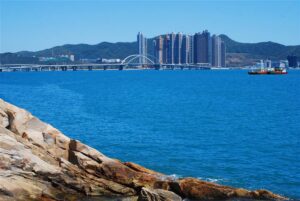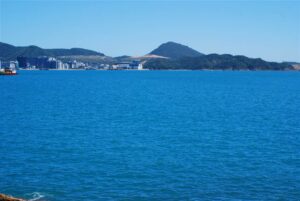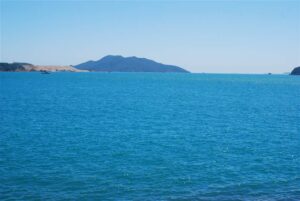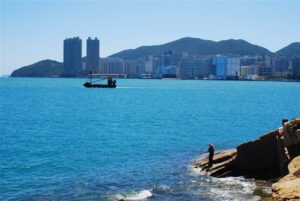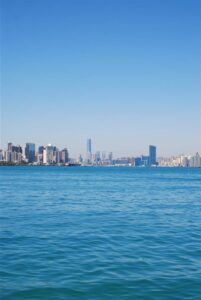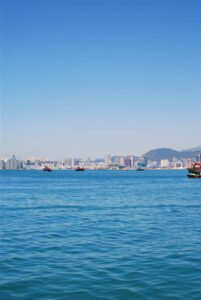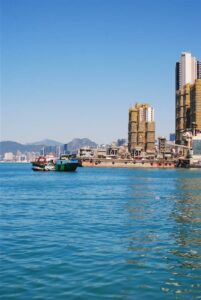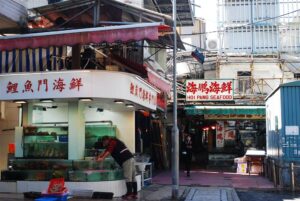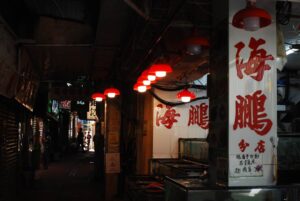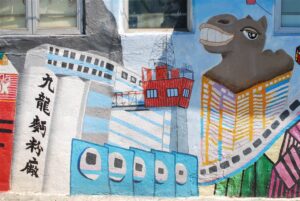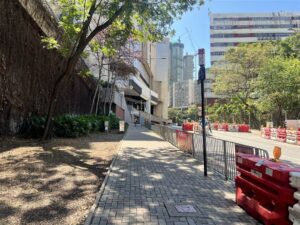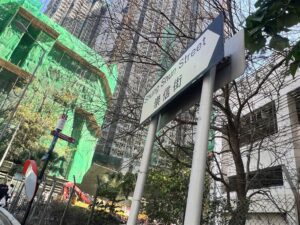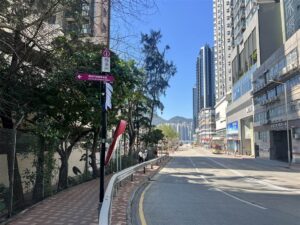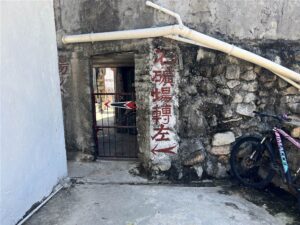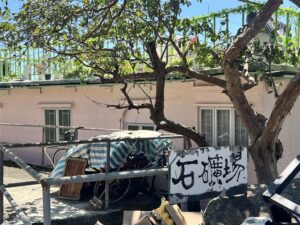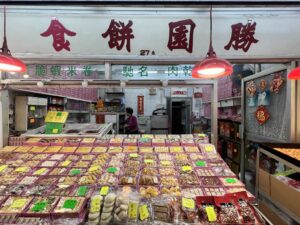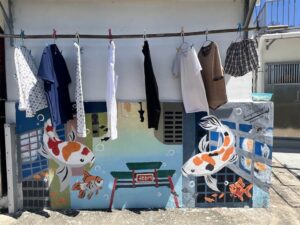The Old Quarry of Lei Yue Mun

The day was bright with a perfect azure sky. I wanted to do an interesting but easy walk so I visited the Old Quarry of Lei Yue Mun.
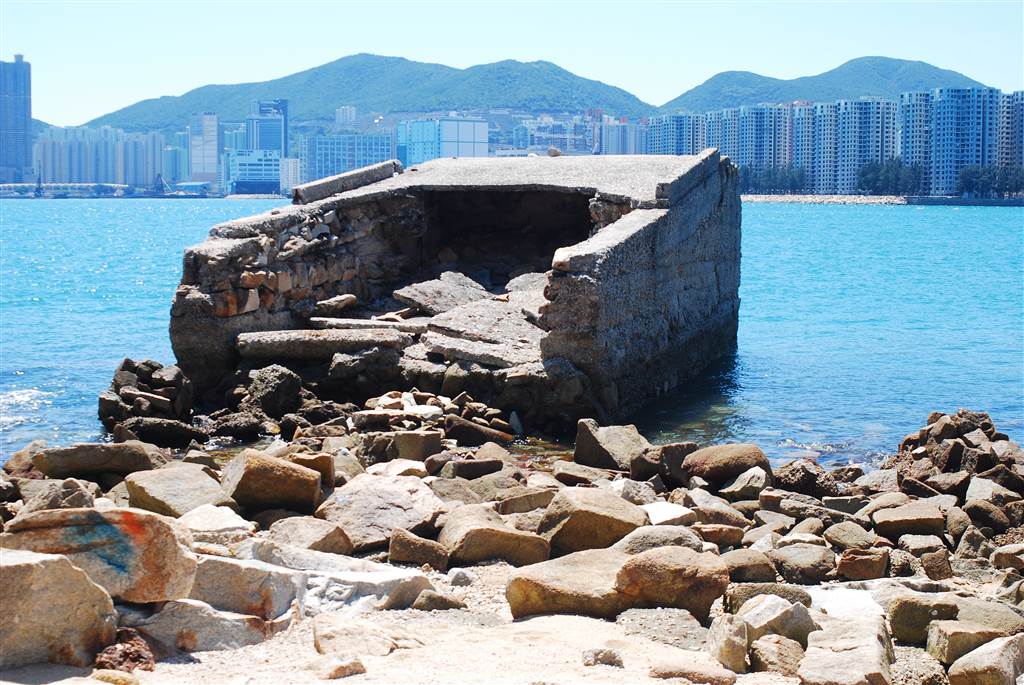
The History of Lei Yue Mun as a Strategic Location
Photo: A Panorama of the Lei Yue Mun Pass
Lei Yue Mun, in Chinese, means “The Carp Gate.” Situated on the eastern channel that leads into Victoria Harbour, the Lei Yue Mun Pass is wedged between Kowloon and Hong Kong Island. Lei Yue Mun has thus long been recognized for its strategic importance throughout history.
During the turn of the Qing dynasty, the famous Ming dynasty naval general Zheng Chenggong found his stronghold here in Lei Yue Mun and attempted to wage resistance campaign against the Qing court. The fact that Zheng Chenggong made it to this part of Hong Kong has touched some nerves in the Qing court.
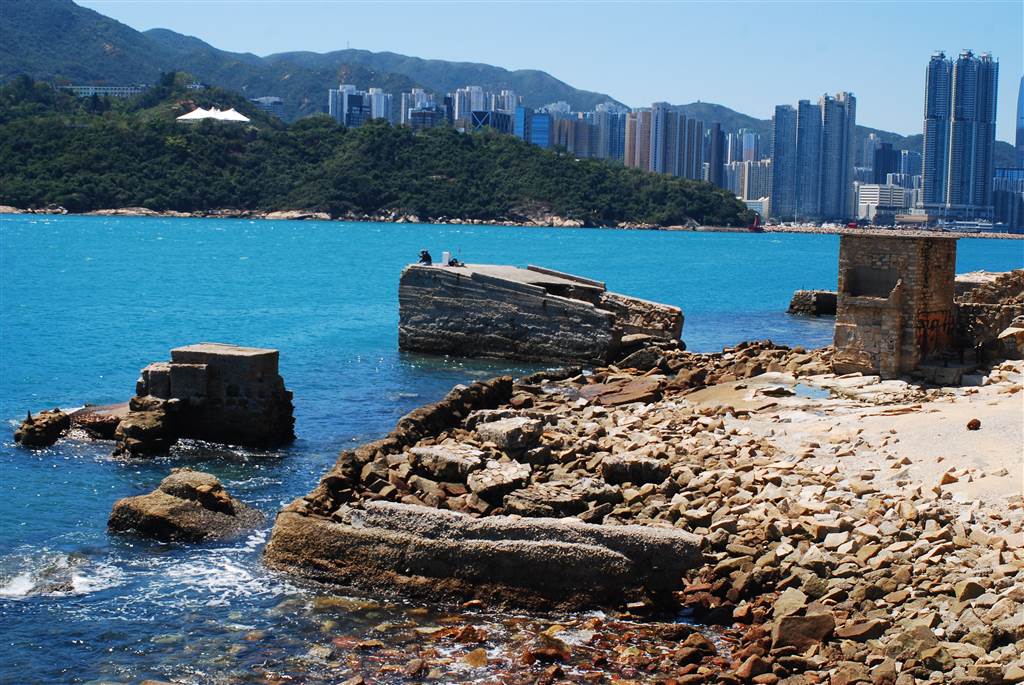
It was with this background that the Qing court issued the imperial edict to evacuate the coastal areas of southern China. This imperial edict would dislocate many of the native villagers in Hong Kong, mostly in the New Territories, as they all had to move inland and abandon their original homes on the coastal areas.
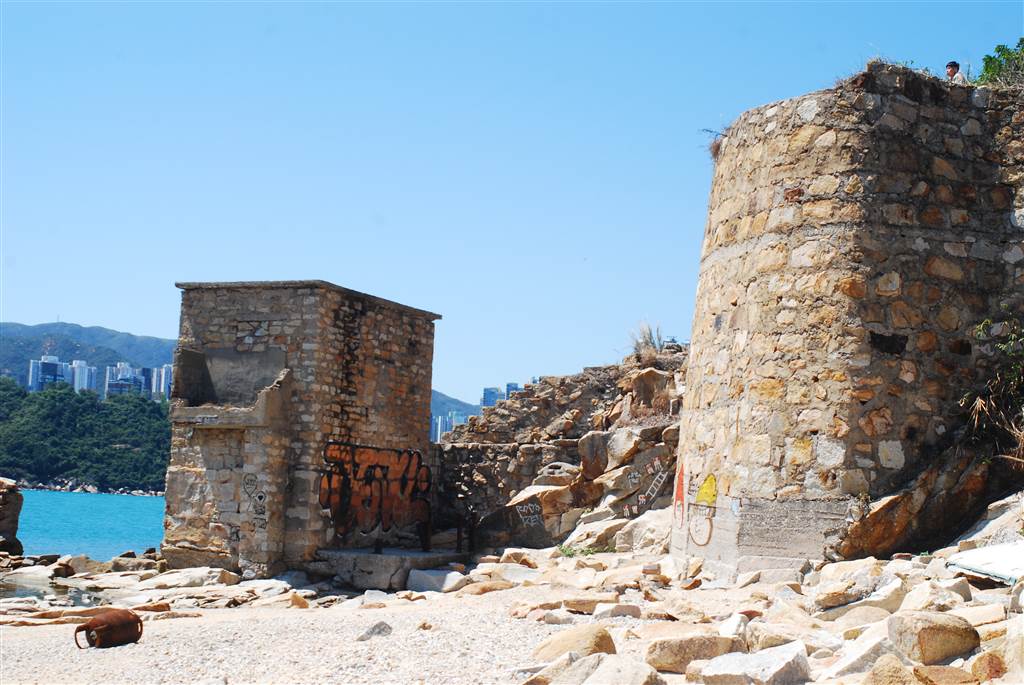
Zheng Chenggong eventually settled down in Taiwan instead, but his general Zheng Jian stayed after in Hong Kong. Zheng Jian’s son Zheng Lianchang was passed the baton. He garnered forces in this part of Hong Kong. Eventually his troops would become pirates based in Lei Yue Mun. These pirates menaced the ships and commercial vessels that sailed here, collecting tolls systematically. The rampancy of the pirates was also the reason why the Devil’s Peak was named as such. There had long been rumors about hidden treasures in Lei Yue Mun belonging to these pirates.
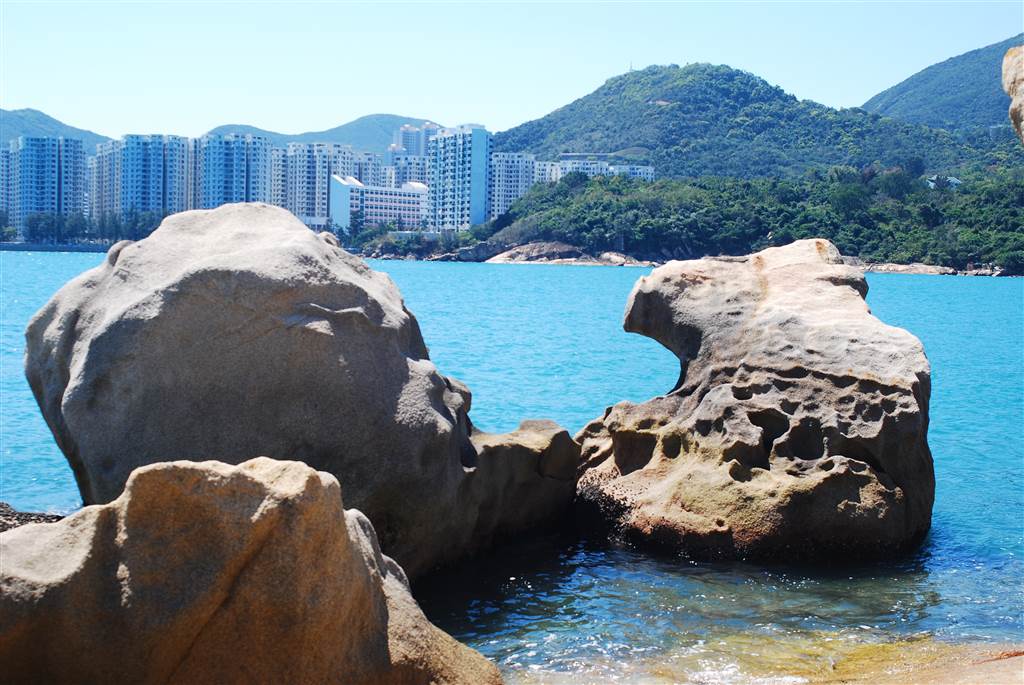
The famous Hong Kong pirate Cheung Po Tsai, who rose to prominence from his roots in Cheung Chau, would eventually take over the pirate stronghold of the Zhengs in Lei Yue Mun.
Fast forward to the 20th century, the British also found strategic importance in this part of Kowloon. They built the Devil’s Peak batteries, including the Devil’s Peak Redoubt, the Observation Post, the Gough Battery and the Pottinger Battery. Together these military structures constituted the Fire Command East during WWII.

The History of the Old Quarry of Lei Yue Mun
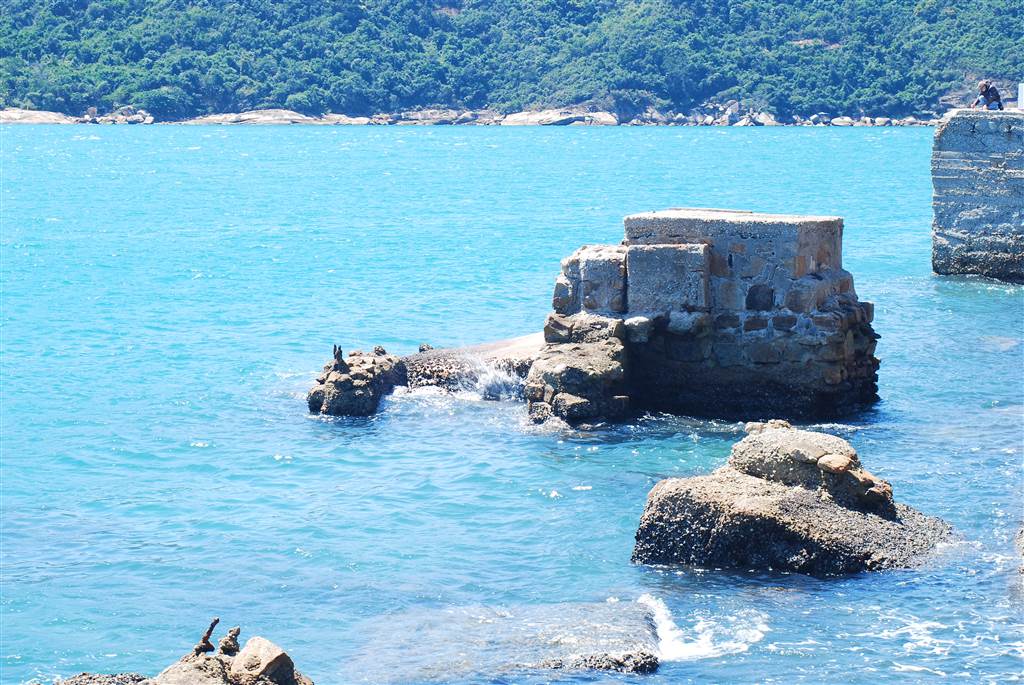
The four villages in the area were once engaged in the quarry business. Together, these villages were known as “the Four Hills.” The quarry business thrived during the late Qing dynasty. At its heyday, the rocks turned up from the quarry would ship to Shunde in China, and some even made their way to Europe.
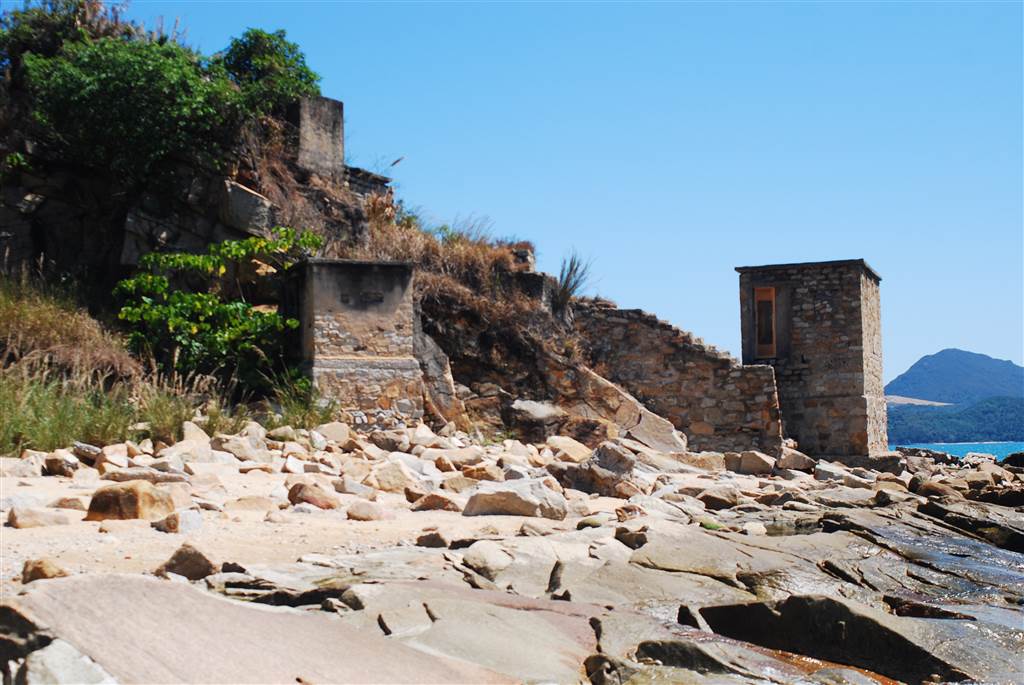
There is some relevance here with a previous entry I have recently written. Tsang Koon Man, the ancestor of the Tsangs that founded the Tsang Tai Uk Village in Shatin, began his career at Lei Yue Mun’s quarry business as an apprentice. He would eventually set up his own quarry and masonry businesses in Sai Wan Ho and Shau Kei Wan, and made the fortune that enabled him to found the village of Tsang Tai Uk.
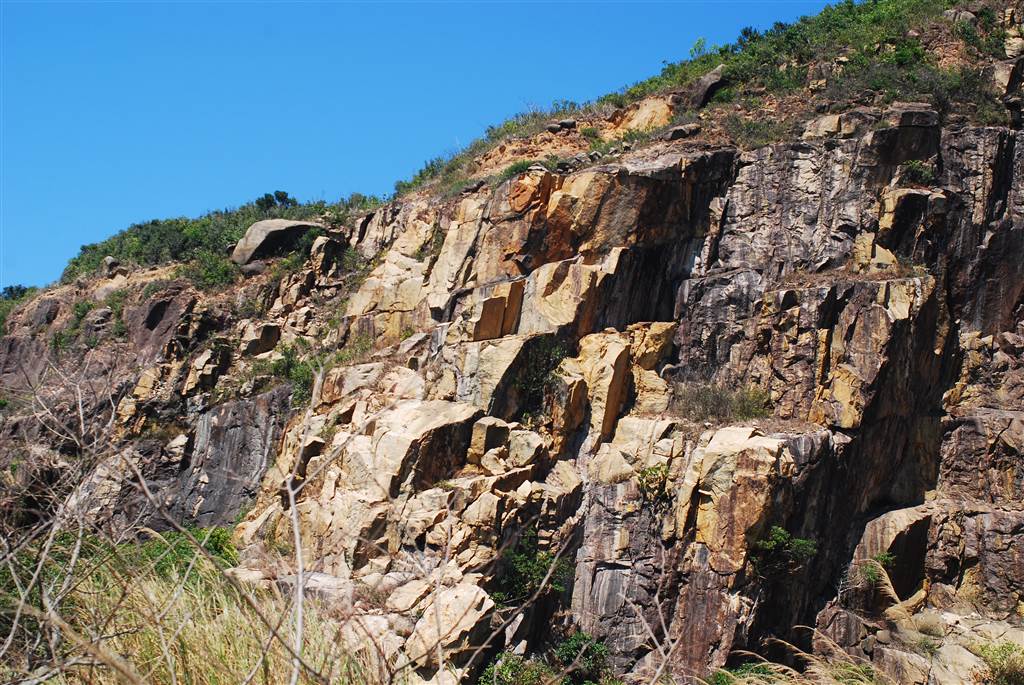
The industry became obsolete in the 1980s. By the 1980s or so, the Hong Kong Government would develop Lei Yue Mun into a haven for seafood dining as well as an industrial area. The ruins of the Old Quarry thus becomes the quiet and forgotten witness to the industrial past of Hong Kong at the easternmost coast of the Lei Yue Mun Pass.

The History of the Tin Hau Temple
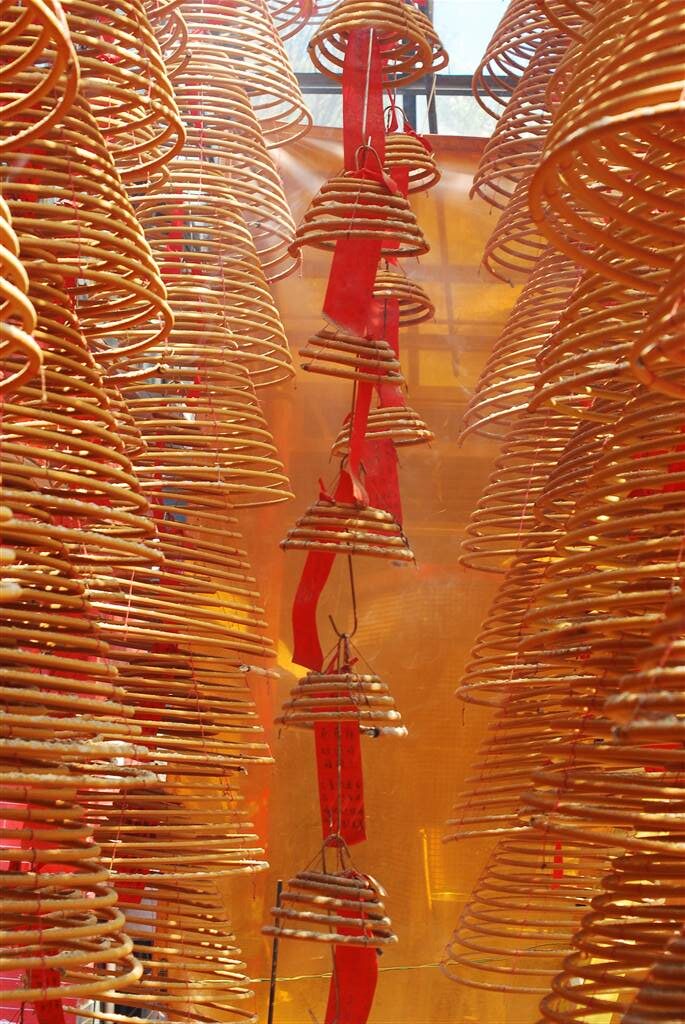
The Tin Hau Temple of Lei Yue Mun was built in 1745 during the 18th year of the Qianlong Reign of the Qing dynasty. Legend has it that the temple was originally built by Zheng Lianchang, the son of Zheng Jian, a subordinate of the famous naval general Zheng Chenggong of the Ming dynasty.

The Tin Hau Temple of Lei Yue Mun is still very popular today and it draws worshippers from all over Hong Kong and from overseas as well. The bronze urn, where worshippers serve their burned incenses, is a new addition. One day, an old lady dreamed of this temple. She sent her secretary over from the mainland, and said that she would make a donation. She made this bronze urn in China and shipped it over to the temple. She had a terminal illness and as a result of her donation, she lived three times longer than expected.
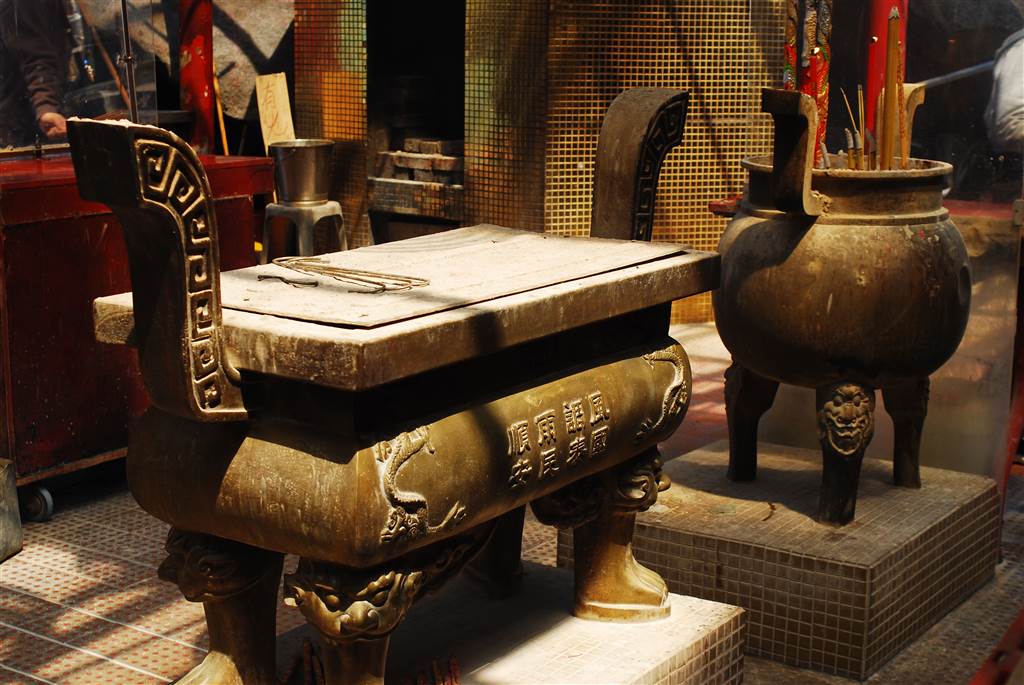
The Tin Hau Temple of Lei Yue Mun is a Grade 3 Historic Building.
Picturesque Villages
Photos: A Panorama of the Harbour Views
Besides the Tin Hau Temple, there are some other interesting sights on the way to the Old Quarry. Needless to say, all along the way there are wonderful sea views.
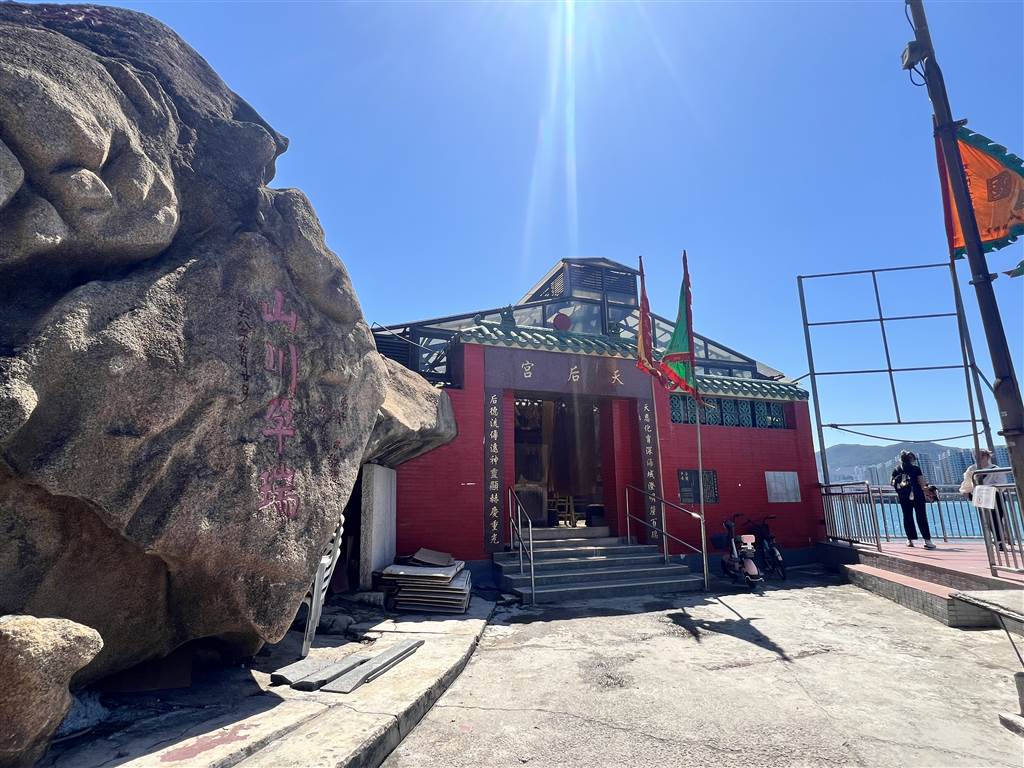
And of course, as Lei Yue Mun was developed by the Hong Kong Government into a seafood dining hub, there are countless seafood restaurants on the way.
The green lighthouse is on the way to the Tin Hau Temple.
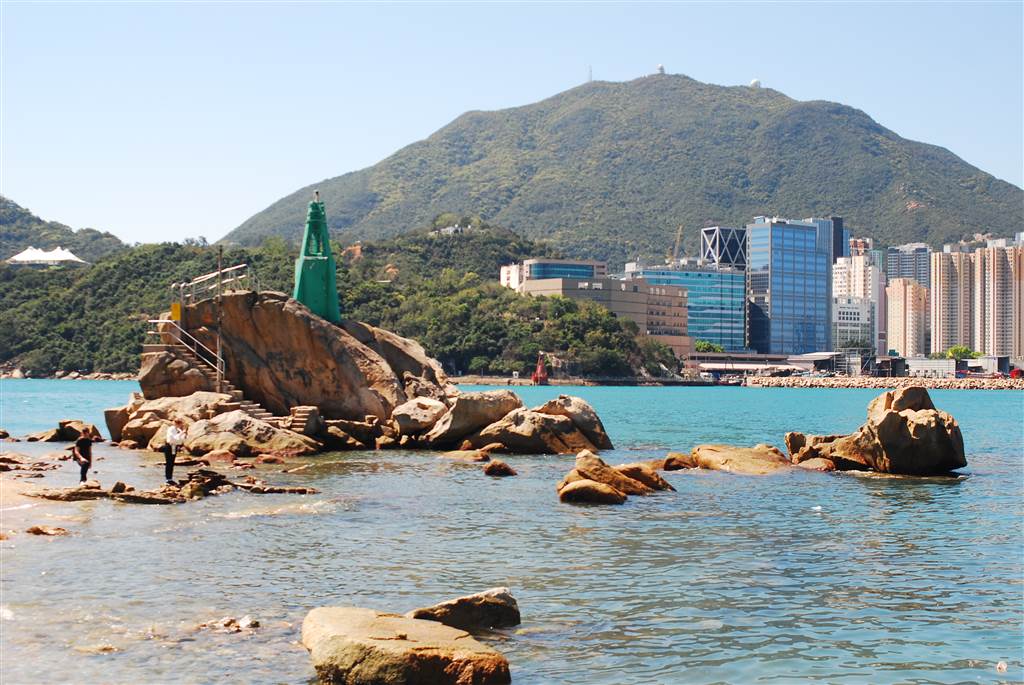
The century-old tree is believed to be very spiritual and has blessed faithful worshippers.
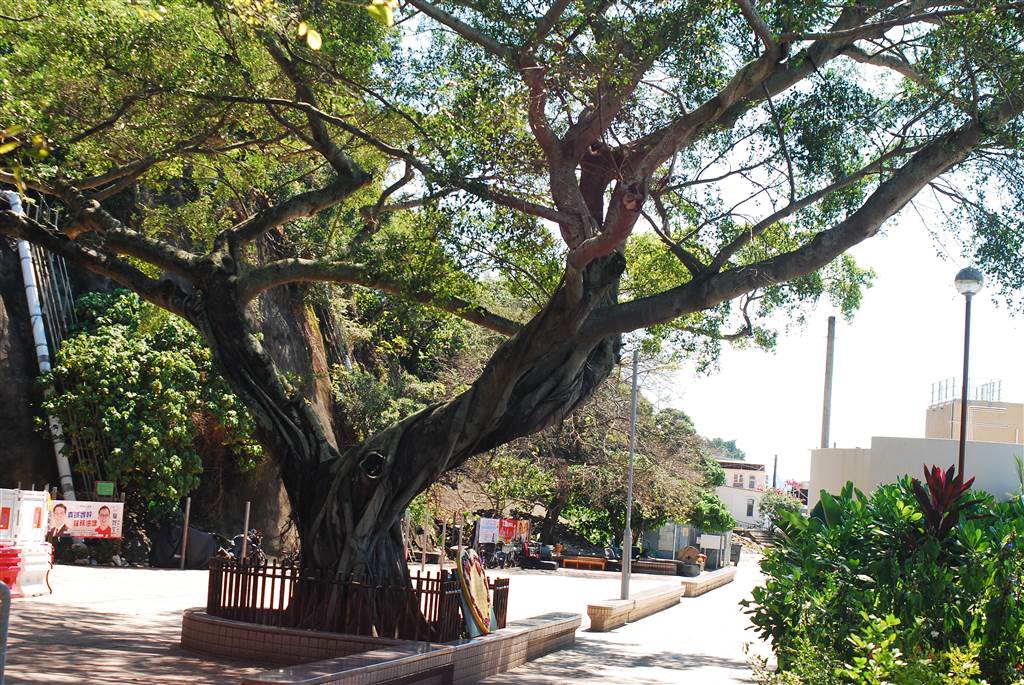
Finally, like so many revitalized villages in Hong Kong, there are many colorful wall murals at the villages. They really bring forth vibrancy and a celebratory spirit to the rural life of Hong Kong.
How to Get There
The closest MTR station is Yau Tong and it takes about 45 minutes to walk from the MTR to the Old Quarry of Lei Yue Mun.
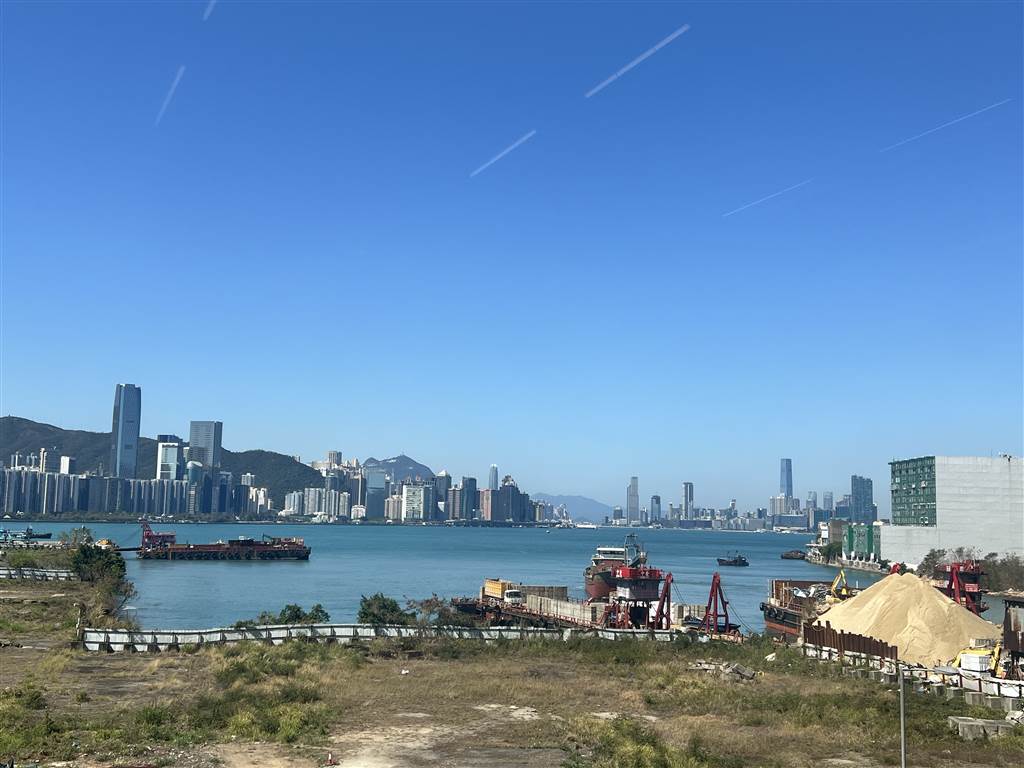
Photo: Great View from the MTR Station
From the Yau Tong MTR Station, take Exit A2 and follow the stairs down to Cha Kwo Ling Road.
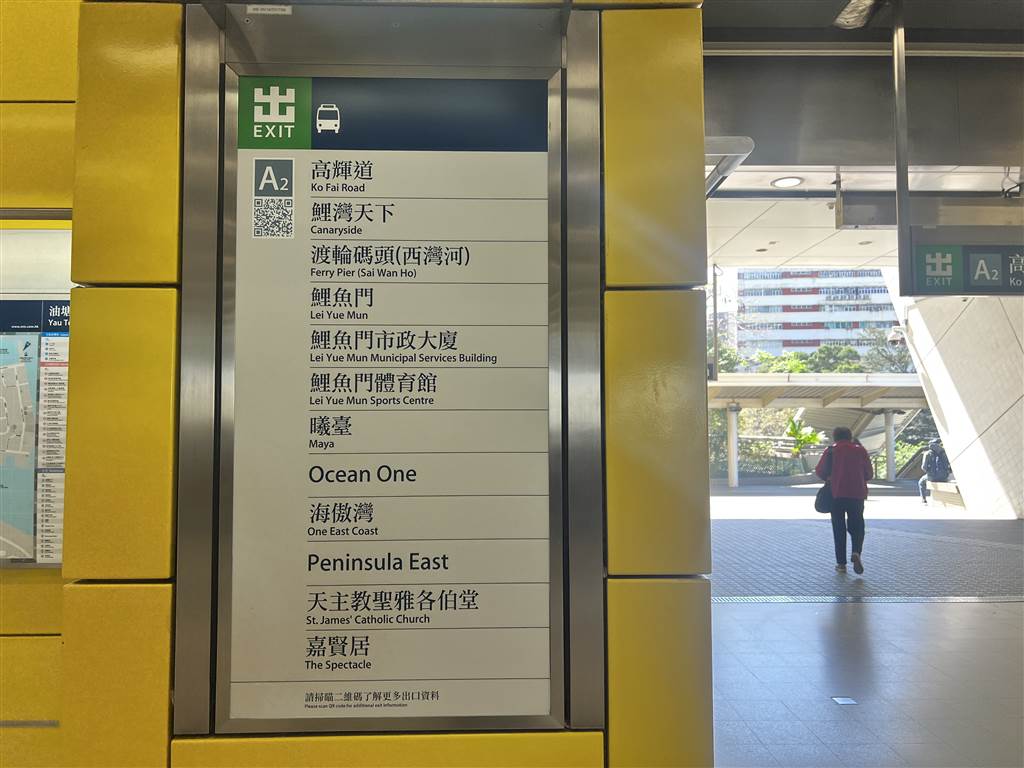
Go all the way on Cha Kwo Ling Road.
You will reach Shung Shun Street, and then watch out for the signs for Lei Yue Mun.
On Shung Shun Street you will walk just about a minute until you reach the general area of Lei Yue Mun. It should be familiar to most as that is the way to the seafood restaurants in Lei Yue Mun. You will come across the façade of Lei Yue Mun. Enter the village, follow the signs for Tin Hau Temple.
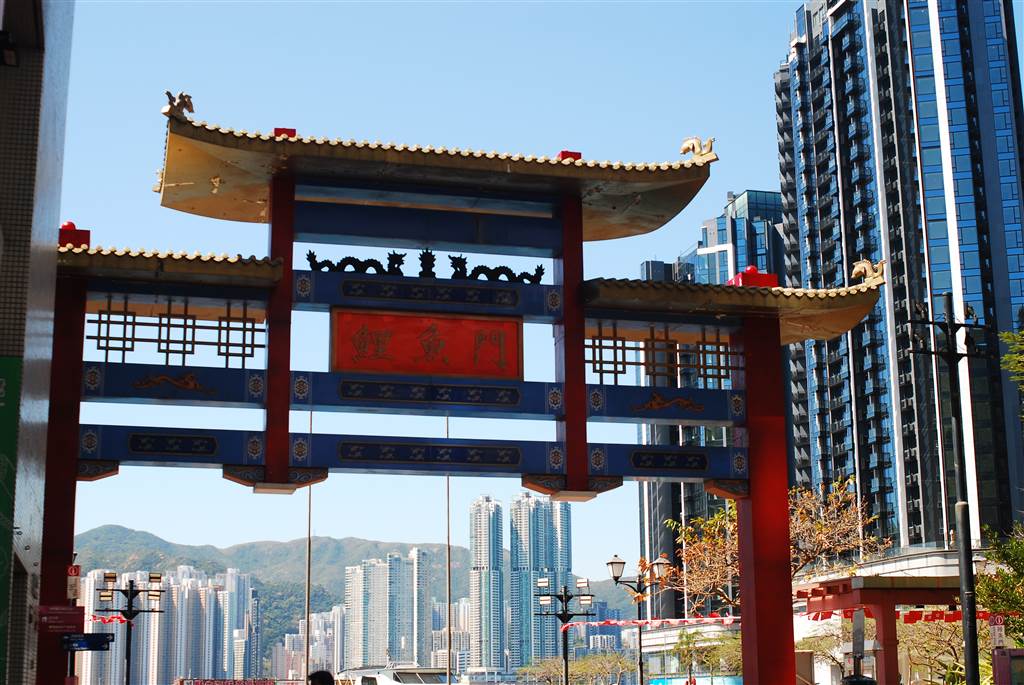
The Tin Hau Temple had interesting stories and some photogenic spots so I spent a bit of time there.
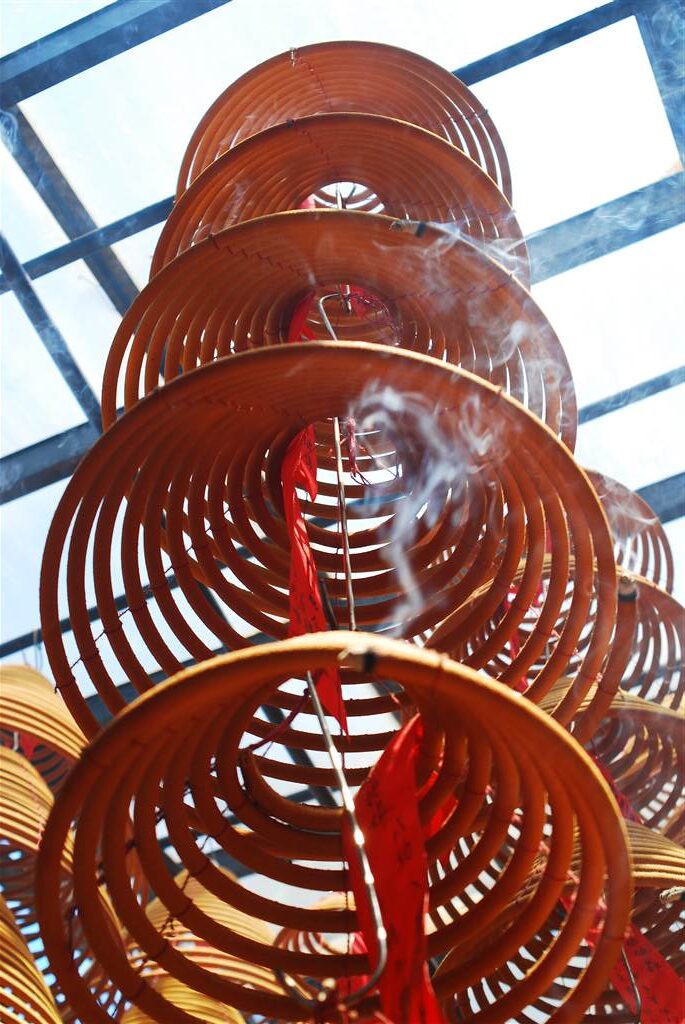
Exit the Tin Hau Temple and keep walking. Then you will see signs in the village pointing you to the Quarry.
The ruins of the Old Quarry is less than ten minute by walk from the Tin Hau Temple by the seaside.
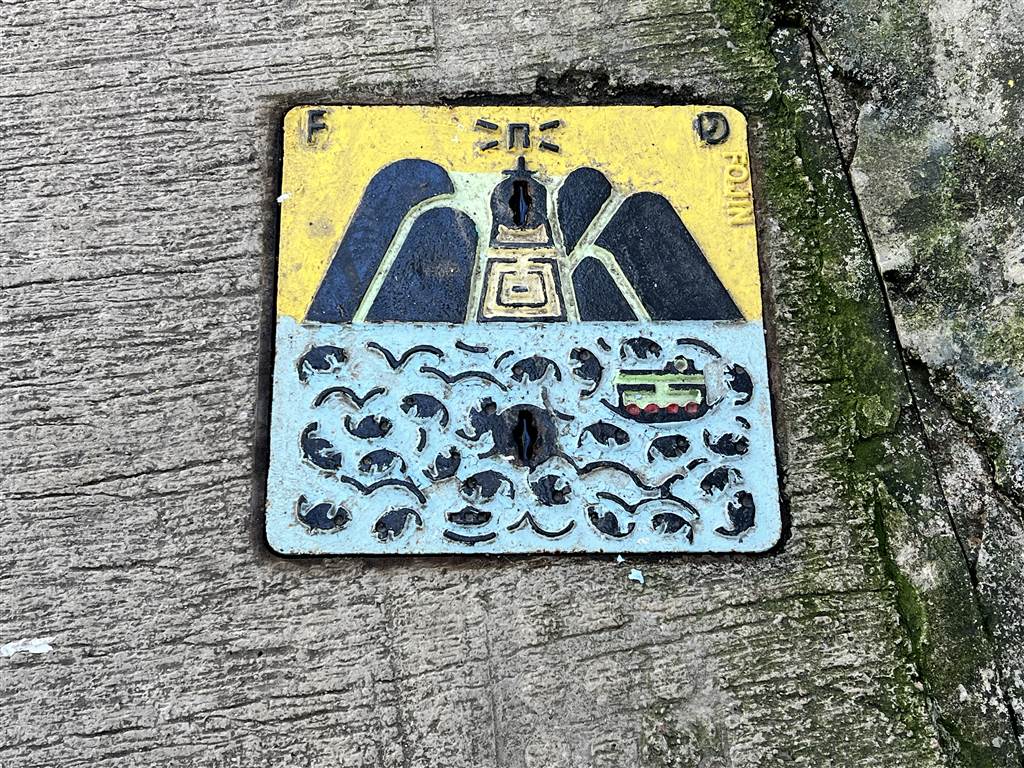
Sources
The Wikipedia on The Tin Hau Temple of Lei Yue Mun (Chin).
Descriptions on site at the Tin Hau Temple of Lei Yue Mun.
Hillmanblog.com, Stone Quarry in Lei Yue Mun (Chin).
Weekendhk.com, The Route to the Stone Quarry in Lei Yue Mun of Yau Tong (Chin).

